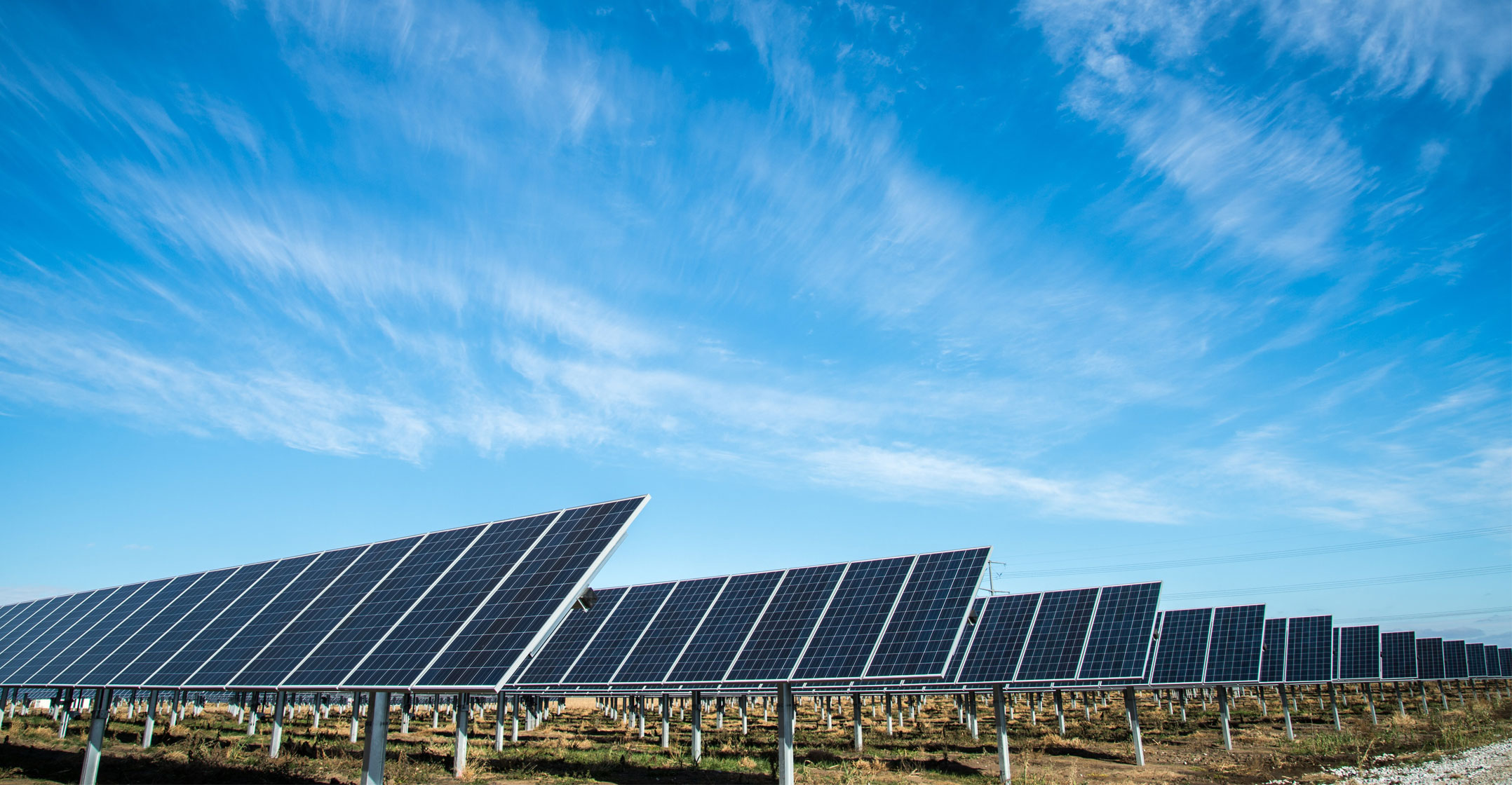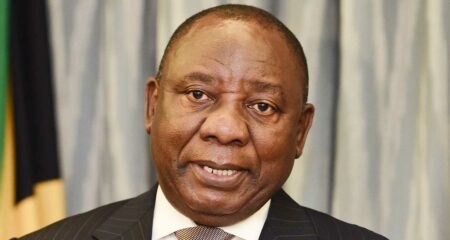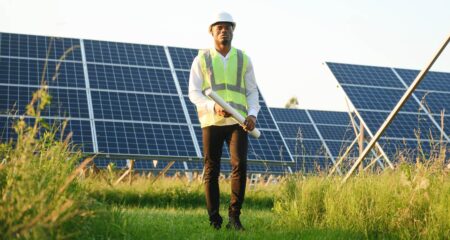 The South African solar PV market continues to grow – rapidly – with positive market indicators coming out of various national government policy objectives. Installed PV capacity in 2020 totalled 1.3GW, broken down into 813MW of utility-scale systems and 500MW of distributed generation. Cumulative capacity reached 4.2GW, of which 2.4GW is provided by utility-scale solar.
The South African solar PV market continues to grow – rapidly – with positive market indicators coming out of various national government policy objectives. Installed PV capacity in 2020 totalled 1.3GW, broken down into 813MW of utility-scale systems and 500MW of distributed generation. Cumulative capacity reached 4.2GW, of which 2.4GW is provided by utility-scale solar.
It is estimated that 20% of this distributed generation capacity consists of residential systems, with the commercial and industrial segment contributing the bulk of rooftop capacity.
Government’s Integrated Resource Plan (IRP2019) outlined additional capacity of 6GW utility-scale solar PV and 6GW of distributed generation, the majority of which is expected to come from solar, to be installed by 2030.
The IRP electricity infrastructure development plan is based on least-cost electricity supply and demand balance, considering security of supply and the environment, and will result in a 400% (or more) increase of solar PV by 2030. This will increase the PV installed capacity from 3% of the current total electricity supply to 11% by the end of the decade.
The policy landscape continues to change as government and industry work to meet the increasing energy needs of the country while also striving to drive a post-Covid-19 economic recovery. The commitment of President Cyril Ramaphosa to amend schedule 2 of the Electricity Regulation Act and to raise the licensing exemption threshold for distributed generation facilities from 1MW to 100MW should cause a rapid increase in the development of larger-scale distributed generation projects.
Regulations
This work on updating the regulations that will allow municipalities to develop and procure their own power generation projects shows that the government is working hard to create the right policy environment to let the industry fully realise the IRP2019 targets.
The South African Photovoltaic Industry Association’s growth reflects that of the industry itself. From just six members in 2010, we now represent 544 members across the solar PV value chain. Our members reflect the diversification of the sector, as we have moved from the initial focus on the utility-scale market through government procurement to an open, distributed market.
There are still challenges ahead for the solar PV market in South Africa. As a priority, the IRP should be reviewed and updated to better enable government policy planning.

Progress has been hampered by a lack of consistency in the procurement of solar PV projects. However, it must be noted that over the last 12 months, government has responded with pace and urgency. For the industry to realise fully the opportunities of renewable energy and solar PV specifically, we need long-term commitments from the government to procure on a more consistent basis.
If the industry is confident of a future procurement pipeline, they will then invest with confidence in local manufacturing, which could then develop and thrive, offering more local opportunities for employment and upskilling.
As a matter of urgency, we must address the capacity challenges at energy distributor level, implementing the right — and most appropriate — bureaucratic processes to allow policy to be implemented. We also need regulations and enforcements that ensure that the highest safety and quality standards are rolled out and maintained across all distributed generation projects.
As confidence in the market continues to grow, we have seen the introduction of more innovative solutions that allow renewables to compete with traditional energy sources. We also need more innovative funding models that allow for more participation from non-traditional investors.
The growing solar PV industry must not lose focus on the “just energy transition” that solar PV and renewables in general can deliver for South Africa. We need to ensure that as the sector grows, we include, uplift and upskill South Africans, not just through access to cheap, sustainable electricity but by focusing attention and resources on helping communities adapt and benefit from our transition to renewable energy.
The just transition must draw commitments from players across the sector as well from government and labour to elevate and empower through skills development. We have an opportunity to create an optimal workforce that delivers a best-in-class, sustainable energy infrastructure for South Africa.
- Maloba Tshehla is spokesman for the South African Photovoltaic Industry Association (Sapvia)




